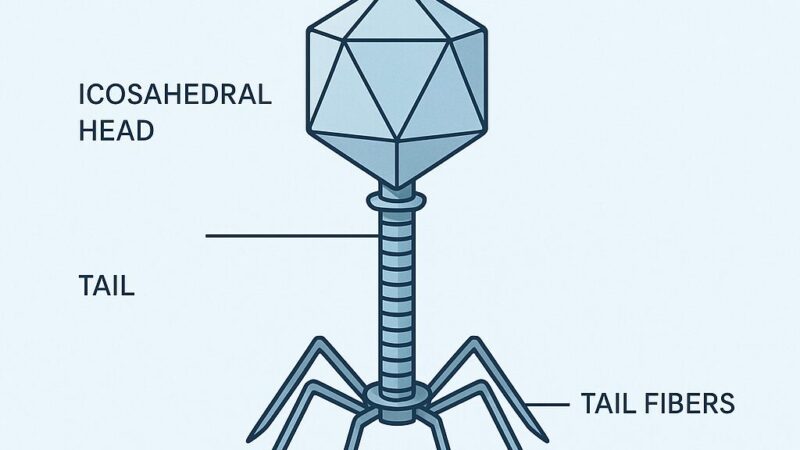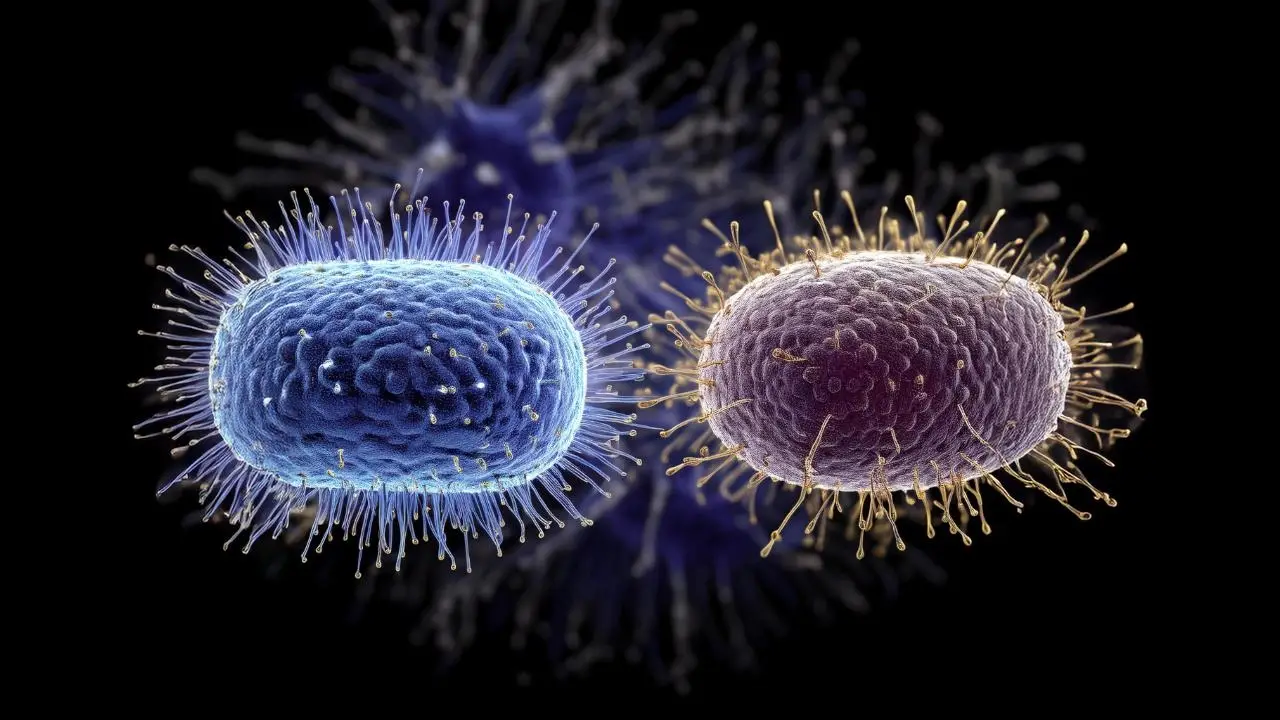
- Question: Please choose the term that describes a virus that has a lipid bilayer (derived from the host cell) surrounding its capsid. Answer: An “enveloped virus” is a virus that has a lipid bilayer derived from the host cell’s membrane surrounding its capsid. This envelope plays a significant role in the virus’s ability to interact with and enter host cells.
- Question: Bacteriophages adsorb or attach: Answer: Bacteriophages adsorb or attach “only to members of the same bacterial species.” Bacteriophages are highly specific in their recognition of bacterial hosts and generally only attach to bacteria of the same species.
- Question: The basic parts of a bacteriophage are Answer: The basic parts of a bacteriophage are an “icosahedral head, tail, tail pins, and fibers.” These components collectively make up the structure of a bacteriophage, with the head containing the genetic material and the tail facilitating attachment and injection into host cells.
- Question: Answer: “Plasmids can replicate independently.” Plasmids are small, circular pieces of DNA that can replicate independently from the host cell’s chromosomal DNA. They often carry advantageous genes and can be transferred between bacterial cells.
- Question: The advantageous genes that can be transferred by transduction are genes for Answer: The advantageous genes that can be transferred by transduction are genes for “sugar fermentation, toxin production, and drug resistance.” Transduction is a process by which bacterial genes can be transferred via bacteriophages, allowing for the spread of these advantageous traits.
- Question: Viruses that infect bacterial cells are called ______. Answer: Viruses that infect bacterial cells are called “bacteriophages.” Bacteriophages are specialized viruses that target and infect bacteria.
- Question: After entry of the bacteriophage into the host cell, a phage enzyme Answer: After entry of the bacteriophage into the host cell, a phage enzyme “breaks the host DNA into fragments.” This enzyme assists in the disintegration of the host’s DNA, allowing the viral genetic material to take control of the host’s cellular machinery.
- Question: Answer: “A few phage heads may surround fragments of host bacterial DNA.” During the process of DNA packaging into phage heads, some phage heads may encapsulate fragments of the host bacterial DNA, leading to potential genetic recombination.
- Question: Answer: “It is injected by the virus.” The DNA of a bacteriophage is typically injected into the bacterial host cell by the virus. This injection allows the viral genetic material to be delivered directly into the host cell’s cytoplasm.
- Question: When the bacteriophage transfers bacterial DNA into a recipient bacterial cell, this DNA Answer: When the bacteriophage transfers bacterial DNA into a recipient bacterial cell, this DNA “can integrate into the chromosome.” The transferred DNA, also known as a prophage, can become incorporated into the recipient cell’s chromosome, potentially leading to genetic changes in the host cell.
For more bacteriophage related Questions and Answers visit here


